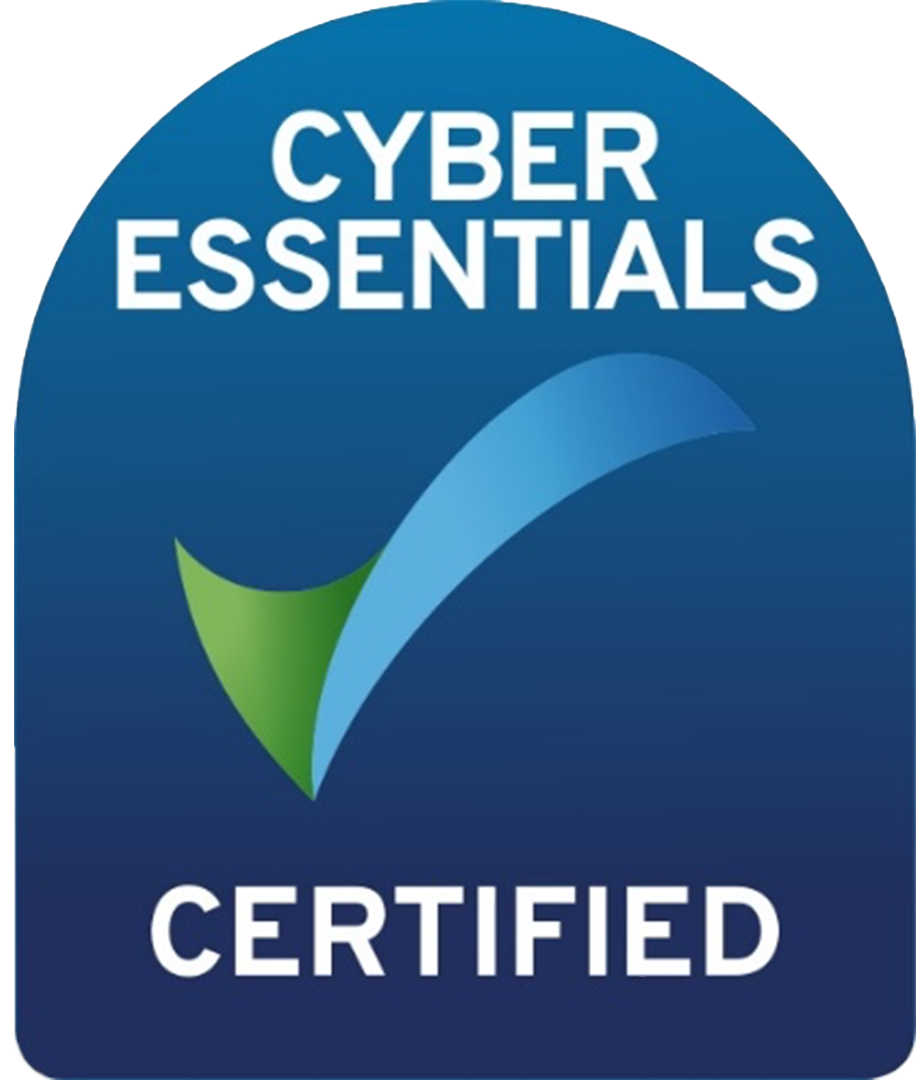New to Australia? What You Need to Know about Taxes and Wages
Amit Kumar • December 22, 2015
We all know that a portion of our salary goes to the tax office before it arrives in our bank account. Well, it's no different with the Australian taxation system. Below are a few commonly asked questions about taxes and wages in Australia.
How do taxes work in Australia?
A financial year or tax year in Australia begins on 1 July ends on 30 June. A tax summary or payment summary is issued either via post or email before 14 July by all employers. This summary is sent to anyone who has worked for them as either a temp or as a permanent member of staff. Tax deductions from salary and wages in Australia is called PAYG or Pay As You Go, and this is listed on your payslip. Each payment you receive is accumulated or totalled up in the Year to Date (YTD) column of your payslip. There are other columns for Gross Payments (the total amount before any deductions such as tax), PAYG and Superannuation (which is compulsory in Australia). I know a few friends who work enormous hours each week and earn hefty amounts (trust me, they do not leave any spare time for themselves). On the flip side, you may work a lot of hours and earn more dollars, but remember that in Australia the taxation system is based on how much you earn per pay cycle, weekly, fortnightly or monthly. The tax calculation multiplies that figure to the number of pay cycles in a year, and then you are taxed for the yearly bracket that you fall under in that pay cycle. In others words, the more you work and earn, the more tax you end up paying (to a maximum of 45%).
Please note that the above rates do not include 2% Medicare levy (only for Permanent Residents or Australian Citizens). [/caption]
One thing that I get asked frequently is, 'Why am I paying tax when I earned below $18,200 this year?' Well, the way it works is different from what you think. As mentioned above, the salary you earn each pay cycle decides how much tax you are going to pay and which tax bracket you would fall under for that pay cycle.
How do I fill out my Tax File Number declaration form?
I am sure many people had to have had some assistance with completing this form when first arriving in Australia. No one likes to read lengthy forms, and I know that the information that is provided on the form can be tedious and boring! If you have recently arrived in Australia and you are wondering how this applies to your situation and therefore what information you need to fill in, YOU NEED TO READ THE FORM and to ensure all your questions are answered by Australian Taxation Office. If you don't fill out the form carefully and correctly, you could end up paying more tax than you need to. You can avoid making that mistake by reading the form and making the correct selections for your situation.
I won't detail each question, but, put simply, most people have trouble with questions 7 and 8. Question 7 asks, 'Are you an Australian Resident for tax purposes?' You are if you intend to live and work in Australia for six months or more. Question 8 asks, 'Do you want to claim the tax-free threshold from this payer?' Now, this one is a bit tricky, as you should only claim this from your primary source of income, in other words, your main employer. If you have another job on the weekends, for example, you can't claim the tax free threshold; you can only claim it once. We have all changed jobs at some point in our working lives, but some people do this more frequently than others. If your situation changes, you can fill out a Withholding Declaration Form and send it to your employer. Questions 9, 10 and 11 would mostly be applicable to Australian Residents, and the information is provided on the form in detail about when to make those selections.
What happens to my tax if I leave Australia before the end of the financial year?
Tax time is always exciting for many people, as you expect to see some tax refunds back into your bank account! A financial year ends on 30 June each year in Australia. Employers send out a payment summary advice form to employees by 14 July. You are required to lodge your tax return between 1 July and 31 October afterwards. If you are leaving Australia permanently before the end of financial year, a tax return can be lodged before you even catch your flight back home. All you need to do is to obtain a Statement of Earnings from your employer(s) and lodge your tax return. Tax returns in Australia can be lodged by individuals (the employees themselves) online using e-Tax, via post or using a tax agent.
What should I do if I think I'm being underpaid?
We all would like to earn as much as we can – it's only human! Unfortunately, there is a minority of employers who takes advantage of employees and underpays them. This is especially problematic for those that are new to Australia, as an immigrant may not be aware of his/her rights at work or the minimum wages that they are entitled to be paid. Did you know that when you start your new employment in Australia, you should be given a written confirmation of the name of industrial award (your rules of engagement) that the industry in which you're working falls under? The awards outline your working hours, wages/hourly rate, superannuation and any other entitlement payable under the law. If you want to check what your award is and how much you should be paid per hour, please visit the Fair Work Ombudsman's award finder. It has all you need to know about the name of the award and your industry.
Find the job you love I Find the right talent
Get in touch with people2people
Australia
I United Kingdom
In business since 2002 in Australia, NZ, and the United Kingdom, people2people is an award-winning recruitment agency with people at our heart. With over 12 offices, we specialise in accounting and finance, business support, education, executive, government, HR, legal, marketing and digital, property, sales, supply chain, and technology sectors. As the proud recipients of the 2024 Outstanding Large Agency and Excellence in Candidate Care Awards, we are dedicated to helping businesses achieve success through a people-first approach.
Recent articles










